 Hardware Tutorial
Hardware Tutorial
 Hardware News
Hardware News
 Huawei needs to overcome obstacles to leave the Android ecosystem, and pure-blood Hongmeng is coming soon
Huawei needs to overcome obstacles to leave the Android ecosystem, and pure-blood Hongmeng is coming soon
Huawei needs to overcome obstacles to leave the Android ecosystem, and pure-blood Hongmeng is coming soon
At the end of September, Huawei held this year’s autumn full-scenario new product launch conference. Near the end, Huawei Terminal BG CEO Yu Chengdong suddenly announced that Hongmeng HarmonyOS NEXT would be released soon, and Hongmeng native applications would be fully launched.
Unlike the previous HarmonyOS, which was based on AOSP (Android Open Source Project) code, HarmonyOS NEXT has implemented full-scale self-research on the bottom layer of the system, so it is also called "pure-blooded HarmonyOS". ”. But at that time, HarmonyOS NEXT made no sense to ordinary users, because countless apps (developed based on Android) that we use every day cannot run on HarmonyOS NEXT.
It wasn’t until 2 months later that the first batch of major Internet companies finally announced that they would join the development of Hongmeng native applications.
On November 13, Huawei and Meituan held the first Hongmeng native application development launch ceremony in Beijing. Huawei said, "It will fully support Meituan in launching development." Hongmeng native application work." A few days later, Huawei successively held a launch ceremony for the development of Hongmeng native applications with two major manufacturers, Qunar and Sina.
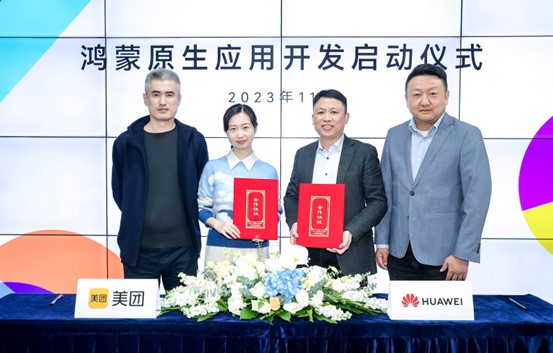
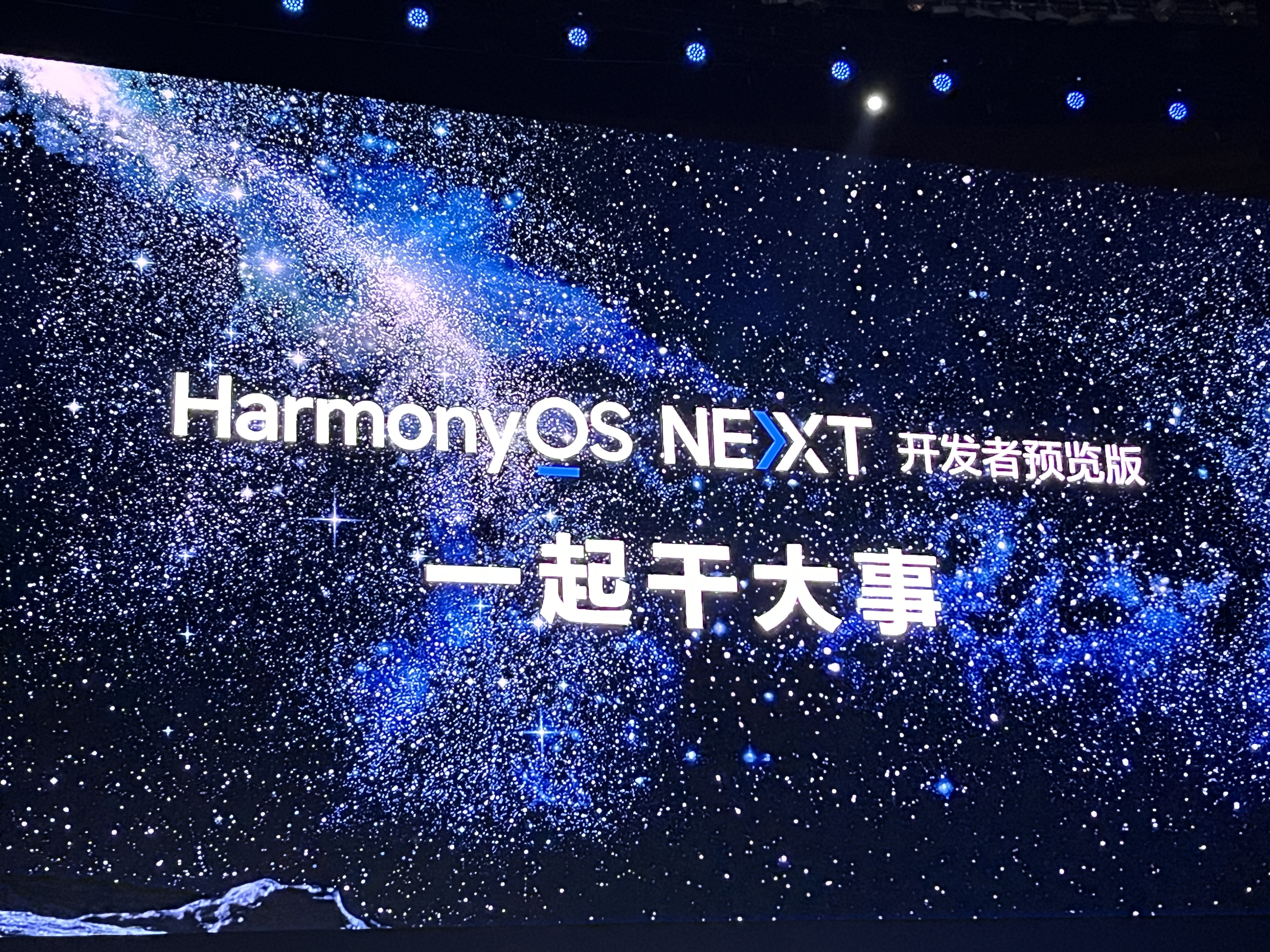
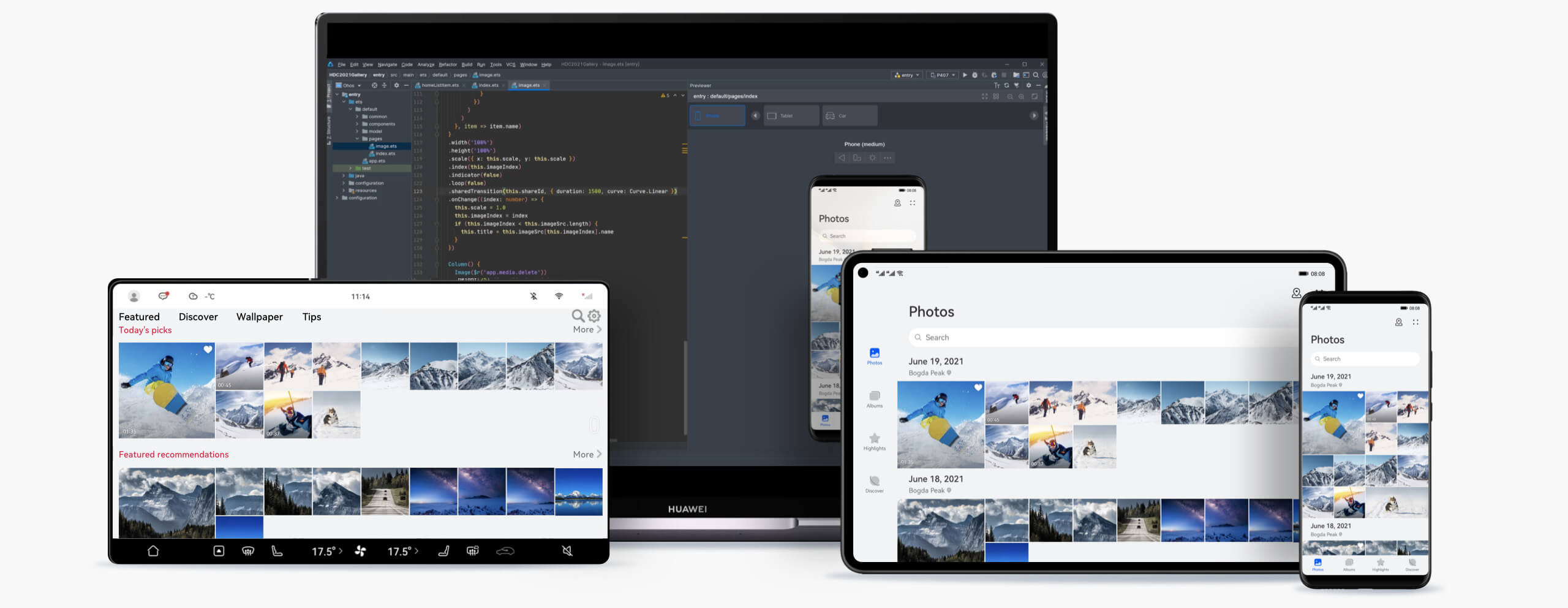 ##ArkUI, Picture/Huawei
##ArkUI, Picture/Huawei
In short, currently HarmonyOS We are still in the "transition period" of switching the bottom layer of the system, but this "transition period" is necessary and valuable.
#In the final analysis, in the process of replacing the bottom layer of the system, ecology is the core issue. The core needs of ordinary users for a smartphone are concentrated on third-party applications. If HarmonyOS cannot provide a relatively mature application ecosystem, it will be difficult to meet users' daily use. Therefore, the Android system is used as the bottom layer and is based on OpenHarmony. Continuous improvement has become an inevitable choice.
But HarmonyOS cannot stay in the "transition period", otherwise third-party application developers will only develop based on Android. After all, one development can support Huawei and other Androids Manufacturers, why not? However, for Huawei, this also means that the entire HarmonyOS can never get rid of its dependence on the Android ecosystem, and the significance of self-developed systems is gone.
But the question is, is HarmonyOS ready to leave Android behind?
7 billion Hongmeng ecological equipment and the renewed growth of Huawei mobile phones, no manufacturer can ignore
There is no doubt that, The huge number of devices and users has always been one of Huawei's greatest strengths.
Since the announcement of system upgrade plans for a large number of models during the HarmonyOS 2.0 period, Huawei has migrated a large number of EMUI users to HarmonyOS. This is also the fastest coverage of HarmonyOS between 2020 and 2022. core reasons.
In early August this year, Huawei held this year’s developer conference. Yu Chengdong announced at the meeting that the number of Hongmeng ecological devices has exceeded 700 million units. It should be mentioned that Huawei did not disclose the proportion of its own HarmonyOS devices and HarmonyOS Connect devices, but no matter what, the number of 700 million devices and the huge user base behind it have determined that third-party application developers cannot ignore HarmonyOS .
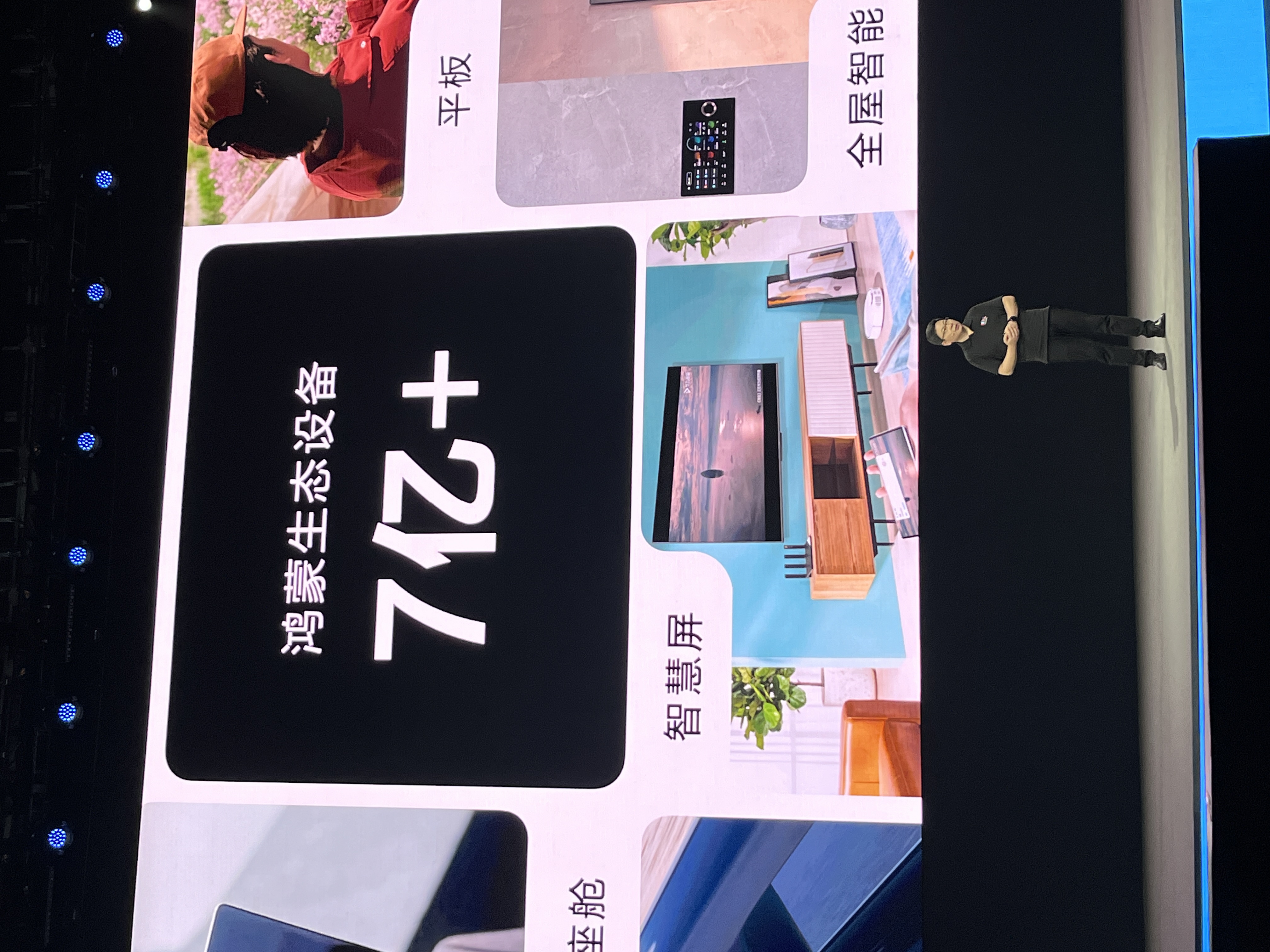
Picture/This site
Of course, the mobile phone is still the most important platform.
Since this year, Huawei’s mobile phone product line has basically returned to normal rhythm. In June, the China Securities Journal quoted industry chain sources as reporting that Huawei had already planned 2023 mobile phones. The shipment target is raised to 40 million units. The continued sales of the Mate 60 series have triggered changes in the entire supply chain. Nikkei quoted suppliers as saying that Huawei's shipment target in 2024 will hit 60 million units.
At the HarmonyOS Connect Partner Summit, Shao Yang, Chief Strategy Officer of Huawei Terminal BG and President of the Whole House Smart Product Line, pointed out that mobile phones are the main engine of the Harmony ecosystem.
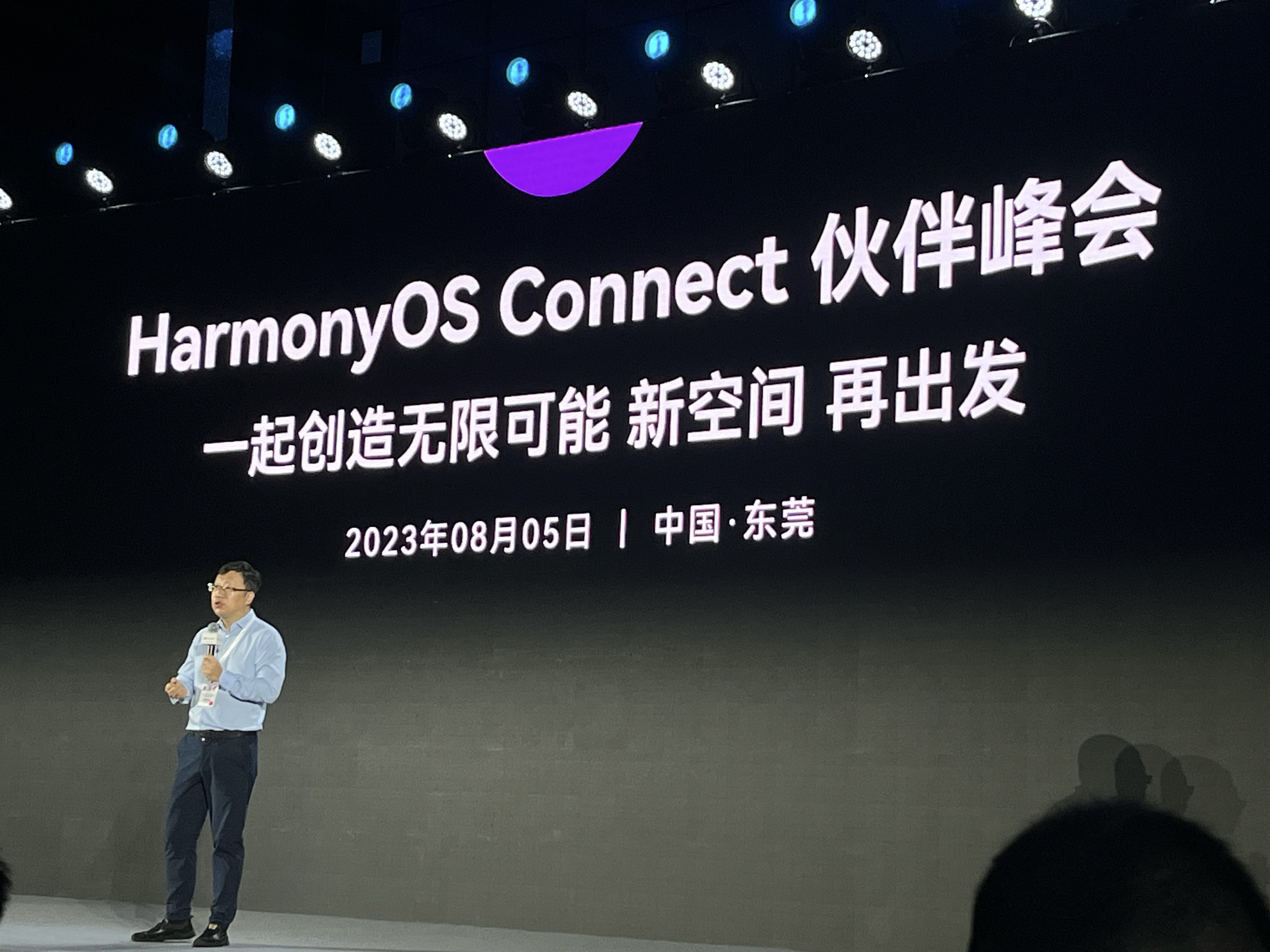
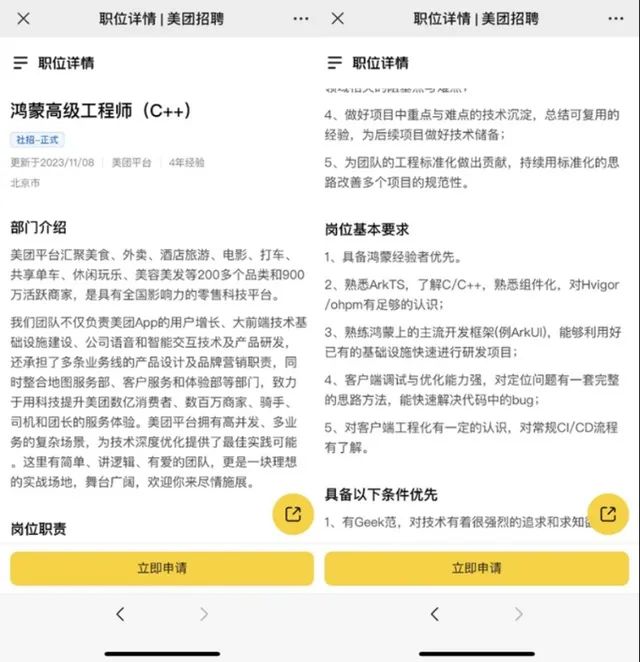
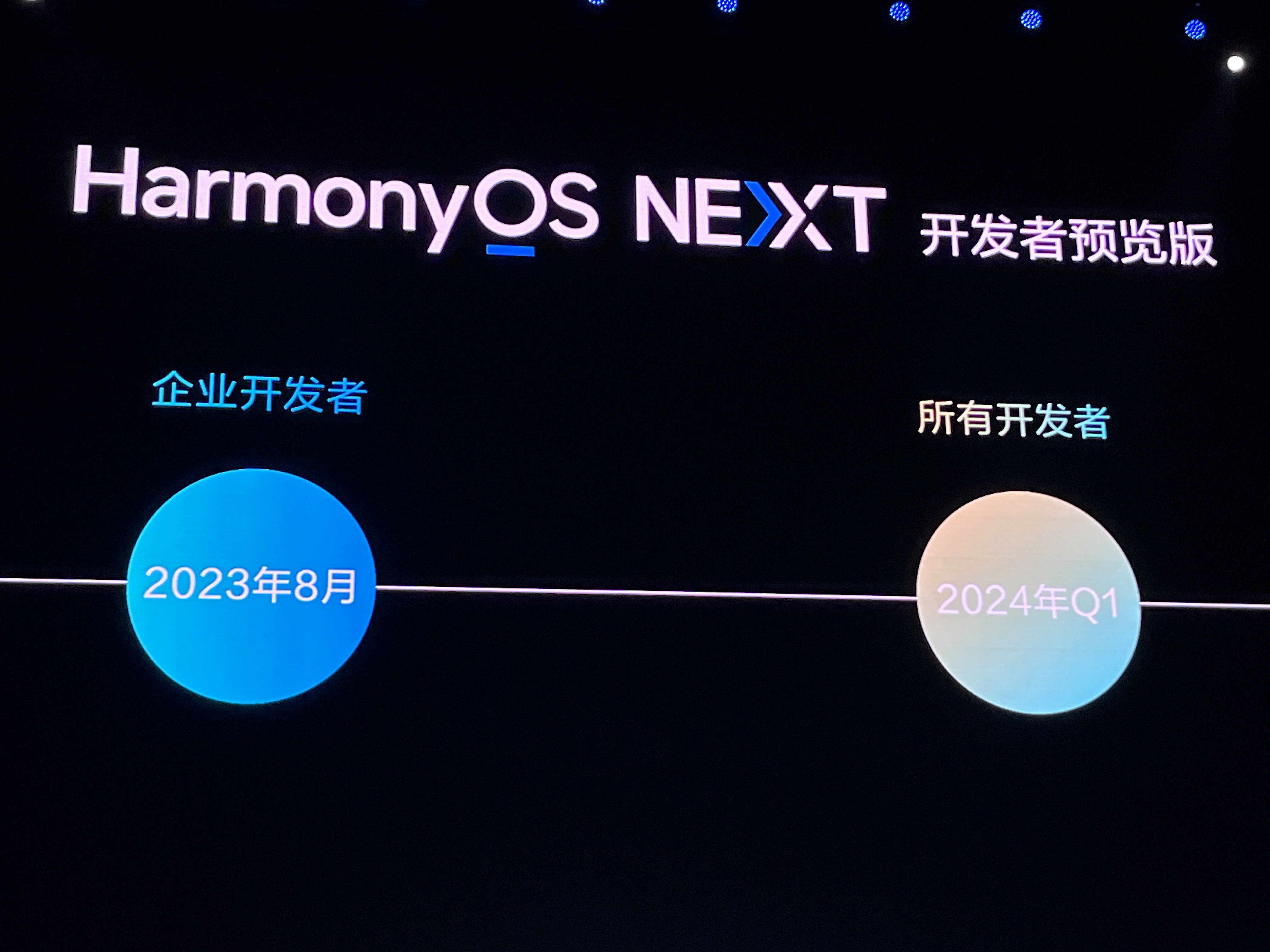
The above is the detailed content of Huawei needs to overcome obstacles to leave the Android ecosystem, and pure-blood Hongmeng is coming soon. For more information, please follow other related articles on the PHP Chinese website!

Hot AI Tools

Undresser.AI Undress
AI-powered app for creating realistic nude photos

AI Clothes Remover
Online AI tool for removing clothes from photos.

Undress AI Tool
Undress images for free

Clothoff.io
AI clothes remover

Video Face Swap
Swap faces in any video effortlessly with our completely free AI face swap tool!

Hot Article

Hot Tools

Notepad++7.3.1
Easy-to-use and free code editor

SublimeText3 Chinese version
Chinese version, very easy to use

Zend Studio 13.0.1
Powerful PHP integrated development environment

Dreamweaver CS6
Visual web development tools

SublimeText3 Mac version
God-level code editing software (SublimeText3)

Hot Topics
 New report delivers damning assessment of rumoured Samsung Galaxy S25, Galaxy S25 Plus and Galaxy S25 Ultra camera upgrades
Sep 12, 2024 pm 12:23 PM
New report delivers damning assessment of rumoured Samsung Galaxy S25, Galaxy S25 Plus and Galaxy S25 Ultra camera upgrades
Sep 12, 2024 pm 12:23 PM
In recent days, Ice Universe has been steadily revealing details about the Galaxy S25 Ultra, which is widely believed to be Samsung's next flagship smartphone. Among other things, the leaker claimed that Samsung only plans to bring one camera upgrade
 Samsung Galaxy S25 Ultra leaks in first render images with rumoured design changes revealed
Sep 11, 2024 am 06:37 AM
Samsung Galaxy S25 Ultra leaks in first render images with rumoured design changes revealed
Sep 11, 2024 am 06:37 AM
OnLeaks has now partnered with Android Headlines to provide a first look at the Galaxy S25 Ultra, a few days after a failed attempt to generate upwards of $4,000 from his X (formerly Twitter) followers. For context, the render images embedded below h
 IFA 2024 | TCL\'s NXTPAPER 14 won\'t match the Galaxy Tab S10 Ultra in performance, but it nearly matches it in size
Sep 07, 2024 am 06:35 AM
IFA 2024 | TCL\'s NXTPAPER 14 won\'t match the Galaxy Tab S10 Ultra in performance, but it nearly matches it in size
Sep 07, 2024 am 06:35 AM
Alongside announcing two new smartphones, TCL has also announced a new Android tablet called the NXTPAPER 14, and its massive screen size is one of its selling points. The NXTPAPER 14 features version 3.0 of TCL's signature brand of matte LCD panels
 Vivo Y300 Pro packs 6,500 mAh battery in a slim 7.69 mm body
Sep 07, 2024 am 06:39 AM
Vivo Y300 Pro packs 6,500 mAh battery in a slim 7.69 mm body
Sep 07, 2024 am 06:39 AM
The Vivo Y300 Pro just got fully revealed, and it's one of the slimmest mid-range Android phones with a large battery. To be exact, the smartphone is only 7.69 mm thick but features a 6,500 mAh battery. This is the same capacity as the recently launc
 Samsung Galaxy S24 FE billed to launch for less than expected in four colours and two memory options
Sep 12, 2024 pm 09:21 PM
Samsung Galaxy S24 FE billed to launch for less than expected in four colours and two memory options
Sep 12, 2024 pm 09:21 PM
Samsung has not offered any hints yet about when it will update its Fan Edition (FE) smartphone series. As it stands, the Galaxy S23 FE remains the company's most recent edition, having been presented at the start of October 2023. However, plenty of
 New report delivers damning assessment of rumoured Samsung Galaxy S25, Galaxy S25 Plus and Galaxy S25 Ultra camera upgrades
Sep 12, 2024 pm 12:22 PM
New report delivers damning assessment of rumoured Samsung Galaxy S25, Galaxy S25 Plus and Galaxy S25 Ultra camera upgrades
Sep 12, 2024 pm 12:22 PM
In recent days, Ice Universe has been steadily revealing details about the Galaxy S25 Ultra, which is widely believed to be Samsung's next flagship smartphone. Among other things, the leaker claimed that Samsung only plans to bring one camera upgrade
 Xiaomi Redmi Note 14 Pro Plus arrives as first Qualcomm Snapdragon 7s Gen 3 smartphone with Light Hunter 800 camera
Sep 27, 2024 am 06:23 AM
Xiaomi Redmi Note 14 Pro Plus arrives as first Qualcomm Snapdragon 7s Gen 3 smartphone with Light Hunter 800 camera
Sep 27, 2024 am 06:23 AM
The Redmi Note 14 Pro Plus is now official as a direct successor to last year'sRedmi Note 13 Pro Plus(curr. $375 on Amazon). As expected, the Redmi Note 14 Pro Plus heads up the Redmi Note 14 series alongside theRedmi Note 14and Redmi Note 14 Pro. Li
 iQOO Z9 Turbo Plus: Reservations begin for the potentially beefed-up series flagship
Sep 10, 2024 am 06:45 AM
iQOO Z9 Turbo Plus: Reservations begin for the potentially beefed-up series flagship
Sep 10, 2024 am 06:45 AM
OnePlus'sister brand iQOO has a 2023-4 product cycle that might be nearlyover; nevertheless, the brand has declared that it is not done with itsZ9series just yet. Its final, and possibly highest-end,Turbo+variant has just beenannouncedas predicted. T





